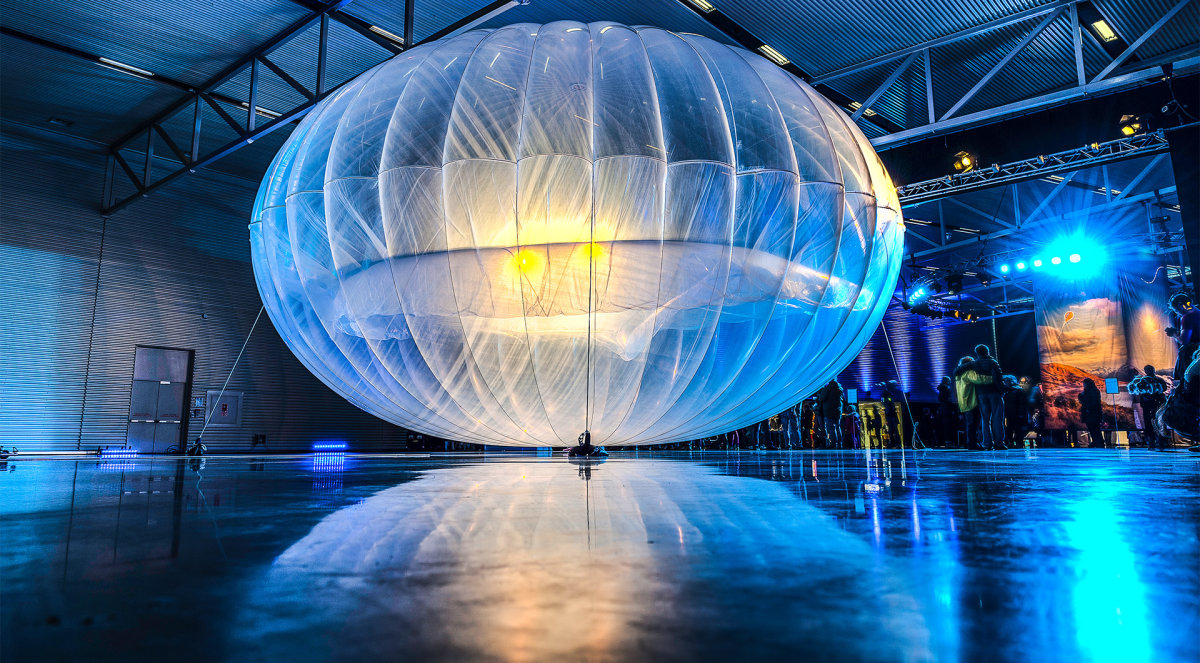Project Loon: coverage worldwide until the end of 2016

At Geektimes, many times they wrote about the project of Google Corporation to provide communication for residents of remote remote regions of our planet. Representatives of the company consider Project Loon a way out of the situation: a network of powerful access points suspended from stratospheric balloons. Thus, one balloon can provide a sufficiently large region with wireless coverage. In the stratosphere, such balloons can now hang for months. The record is permanent soaring in the upper atmosphere for 130 days. By the way, an interesting fact: in one Google balloon you need to upload a volume of gas, which would be enough for 7000 ordinary balloons.
Despite the skepticism of some experts, the project is developing. In 2016, the project developers plan to bring the number of launched balloons to 300, placing their flying access points around the world. The idea is to ensure uninterrupted coverage of certain regions. If one balloon moves, another one immediately arrives in its place. Now the team plans to deploy a network of balloons in the Southern Hemisphere, and if the project is implemented, the first customers will be connected to the wireless network on a commercial basis, although the network will work in test mode. Representatives of Project Loon are currently in active negotiations with providers in Indonesia.
With providers such as Indosat, Telkomsel and XL Axiata, an agreement has already been concluded. After deploying the entire infrastructure, these companies will transmit the signal even to very remote islands, by broadcasting the signal from one balloon to another. Judging by the information provided by Google, only one out of three Indonesians has access to the Web. The project of the corporation should change the situation for the better. This year, a similar test program was launched in Sri Lanka, tests will be carried out until March 2016.
It is worth considering that now Google balloons are much more advanced than those that were introduced in 2013. The network equipment of balloons is capable of providing a communication channel of 10 Mbps for each connected device. It takes only 15 minutes to get the balloon ready for operation; to launch it requires only two people and a cargo crane. Previously, the launch required up to two hours of time, with a team of 12 people. The duration of the balloon in the air now is several months instead of several days.
